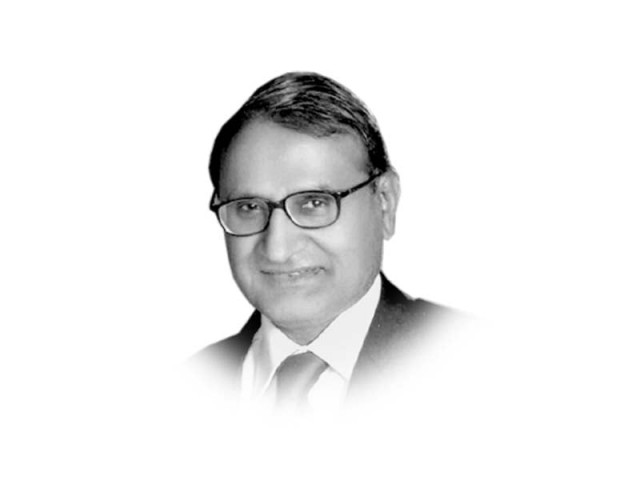Economists and December 16, 1971
The economic and social consequences of the Ayubian growth model fed a mass movement that led to another coup

For those who were old enough in 1971 to understand and feel what was going around them, despite the thick smog of censorship imposed by the military dictator, December is a month of sadness. It was on the 16th day of this month when the powers that be surrendered to a foreign power rather than their own people. Such catastrophes do not happen in a single day. These are long in the making. Soon after independence, the political class, the establishment and sections of intelligentsia had started to contribute towards disintegration. This column looks at the role of my own profession.
The first warning shots came from an economist from Peshawar University, Ahmad Mukhtar. In his presidential address at the annual conference of the Pakistan Economic Association (PEA) in 1953, he emphasised the need to make East and West Pakistan economically self-reliant to deal with any blockade. At the PEA conference in Chittagong, in 1956, this thread was picked up by the “Dacca School of Economists” to conclude that physical distance between the two wings required economic planning for two separate economies. Later, this school organised a special conference in Dhaka on how the First Five Year Plan 1955-60 could accommodate the idea of one-country, two-economies. Though rich in ideas, the First Plan failed in implementation. The successful Second Plan 1960-65 laid the foundations of economic disparity, as Mahbubul Haq and his team ignored the discussion on the Plan at the PEA meeting in Dhaka, in 1959. Held after the military takeover in 1958, East Pakistani participants — Akhlaqur Rahman, MN Huda and Mosharraf Hussain — attempted to explain that two economies did not mean two countries. They were strongly rebuffed by the chief guest, governor Zakir Hussain appointed by the military government. He said: “The progress and prosperity of Pakistan is linked up closely with the concept of one Country, one Nation and one Economy. Unfortunately, in the past suspicion and discord have affected balanced and proper development. There should no longer be any place for disunity.” The presidential address by SM Akhtar of Punjab University thanked God that the army that “had remained uncorrupted, came to the rescue of the nation”.
Unruffled, the Dhaka School persisted in its approach in the official panel of economists on the Second Plan. Obsessed by growth at any cost, the planners went ahead with the Mahbubian philosophy of growth first, equity later. The gulf between the two sides continued to widen. No official panel of economist was announced for the Third Five Year Plan 1965-70. It was, though, discussed at the PEA moot held in 1965, in Peshawar. Some eight papers highlighted the rising regional disparities. Subsequent conferences continued to reflect the East-West division of economists on the issue of regional imbalances.
The economic and social consequences of the Ayubian growth model fed a mass movement that led to another coup. Its leaders promised to reverse the injustices perpetuated in the past. Social objectives were declared to be as important as economic objectives. A panel of economists was set up to guide the formulation of the Fourth Five Year Plan 1970-75. It was too little, too late. Precious historic time had been lost. The panel failed to develop a consensus and the economists from East and West Pakistan came out with two separate reports. In less than two years, the establishment had to witness the result of the folly of rejecting the idea of one country, two economies. One keeps wondering why, if at all, a Czech-Slovakia type silk divorce did not take place.
Published in The Express Tribune, December 11th, 2020.
Like Opinion & Editorial on Facebook, follow @ETOpEd on Twitter to receive all updates on all our daily pieces.















COMMENTS
Comments are moderated and generally will be posted if they are on-topic and not abusive.
For more information, please see our Comments FAQ